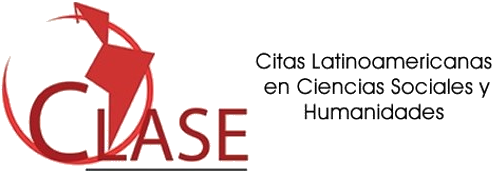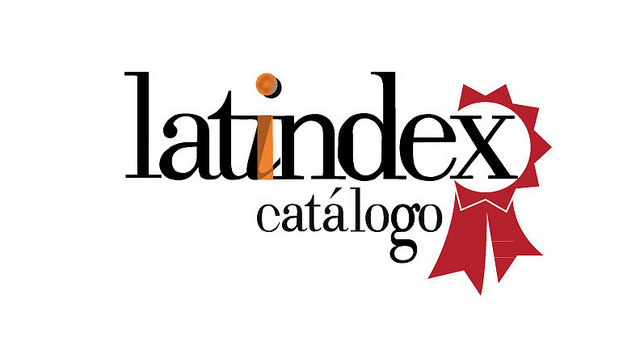Monocropping and the Ecuaro: Features and Lineages of Agricultural Modernization in San Miguel Zapotitlán, Mexico
DOI:
https://doi.org/10.29340/en.v8n15.392Keywords:
agricultural modernization, , green revolution, monocropping, intercropping, new farmersAbstract
This article explores the arrangements between humans, non-humans, and the more-than-human that have resulted from the modernization of agriculture in the ejido of San Miguel Zapotitlán in the town of Poncitlán, Mexico, since the 1950s. The photographs capture a kind of farming with a lineage that combines the green revolution with the practices and knowhow of rural dwellers. Besides pointing to the affinities and tensions between traditional and modern, local and global, and autonomy and dependency, the article shows how monocropping (corn and wheat) coexists with intercropping (ecuaro) and spirituality in agriculture. Additionally, they capture how commercial and subsistence farming require a certain “way of looking”: a close observation of the environment by traditional rural dwellers that new farmers are eager to incorporate.
Downloads
References
Rodríguez, Azpeitia (2014). “Anuario de liturgia, astronomía y meteorología”, Calendario XXIX. Impreso en Guadalajara, Jalisco.
Calvo, Thomas (1989). La Nueva Galicia en los siglos xvi y xvii. Guadalajara: El Colegio de Jalisco/CEMCA.
Chevalier, Michel (1993). “Neo-rural phenomena”, L´Éspace géographique. Espaces, modes d´emploi, núm. especial, pp. 175-191. Recuperado de: https://www.persee.fr/doc/spgeo_0046-2497_1993_hos_1_1_3201
Farhood, Helia; Bakhshayesi, Ivan; Pooshideh, Matineh; Rezvani, Nabi; Beheshti, Amin (2022). “Recent Advances of Image Processing Techniques in Agriculture”, en Mohsen Asadnia, Amir Razmjou, Amin Beheshti, Arun Kumar Sangaiah (eds.). Artificial Intelligence and Data Science in Environmental Sensing. Londres: Elsevier, pp. 129-153.
Gan, Elaine; Tsing, Anna; Swanson, Heather; Bubandt, Nils (2017). “Haunted Landscapes of the Anthropocene”, en Anna Tsing, Heather Swanson, Elaine Gan, Nils Bubandt (eds.). Ghosts of the Anthropocene. Minneapolis: University of Minnesota Press, pp. 1-14.
Gupta, Akhil (2000). Postcolonial Developments. Agriculture in the Making of Modern India. Durham: Duke University Press.
Gutiérrez Núñez, Netzahualcóyotl Luis (2017). “Cambio agrario y revolución verde. Dilemas científicos, políticos y agrarios en la agricultura mexicana del maíz, 1920-1970”. Tesis de doctorado inédita. México: El Colegio de México. Recuperado de: https://repositorio.colmex.mx/concern/theses/n583xv14d?locale=es
Ingold, Tim (2000). The Perception of the Environment. Essays on Livelihood, Dwelling and Skill. Londres: Routledge.
Kumar, Prakash; Lorek, Timothy; Olsson Tore C.; Sackley, Nicole; Schmalzer, Sigrid; Soto Laveaga, Gabriela (2017). “Roundtable: New Narratives of the Green Revolution”, Agricultural History, vol. 91,
núm. 3, pp. 397-422.
Moreno-Calles, Ana Isabel; Casas, Alejandro; Rivero-Romo, Alexis Daniela; Romero-Bautista, Yessica; Rangel-Landa, Selene; Fisher-Ortiz, Roberto Alexander; Alvarado-Ramos, Fernando; Vallejo-Ramos, Mariana y Santos-Fita, Dídac (2016). “Ethnoagroforestry: Integration of Biocultural Diversity for Food Sovereignty in Mexico”, Journal of Ethnobiology and Ethnomedicine, núm. 12, p. 56. https://doi.org/10.1186/s13002-016-0127-6
Olsson, Tore (2017). Agrarian Crossings. Reformers and the Remaking of the us and Mexican countryside. Princeton: Princeton University Press.
Skopyk, Bradley y Melville, Elinor (30 de julio 2018). “Disease, Ecology, and the Environment in Colonial Mexico”, Oxford Research Encyclopedia of Latin American History. Recuperado el 7 de mayo de 2023 de
Real Academia Española (RAE) (2024). “Piscator”. https://dle.rae.es/piscator
Tsing, Anna y Donna Haraway (2019). Reflections on the Plantatiocene a conversation with Donna Haraway & Anna Tsing. Madison: Edge Effects Magazine.
Van Young, Eric (1990). “Hacia la insurrección: orígenes agrarios de la rebelión de Hidalgo en la región de Guadalajara”, en Friedrich Katz (comp.). Revuelta, rebelión y revolución. La lucha rural en México del siglo XVI al siglo xx. México: Era, pp. 164-186.
— (2018). La ciudad y el campo en el México del siglo xviii. La economía rural de
la región de Guadalajara, 1675-1820. Ciudad de México: FCE.
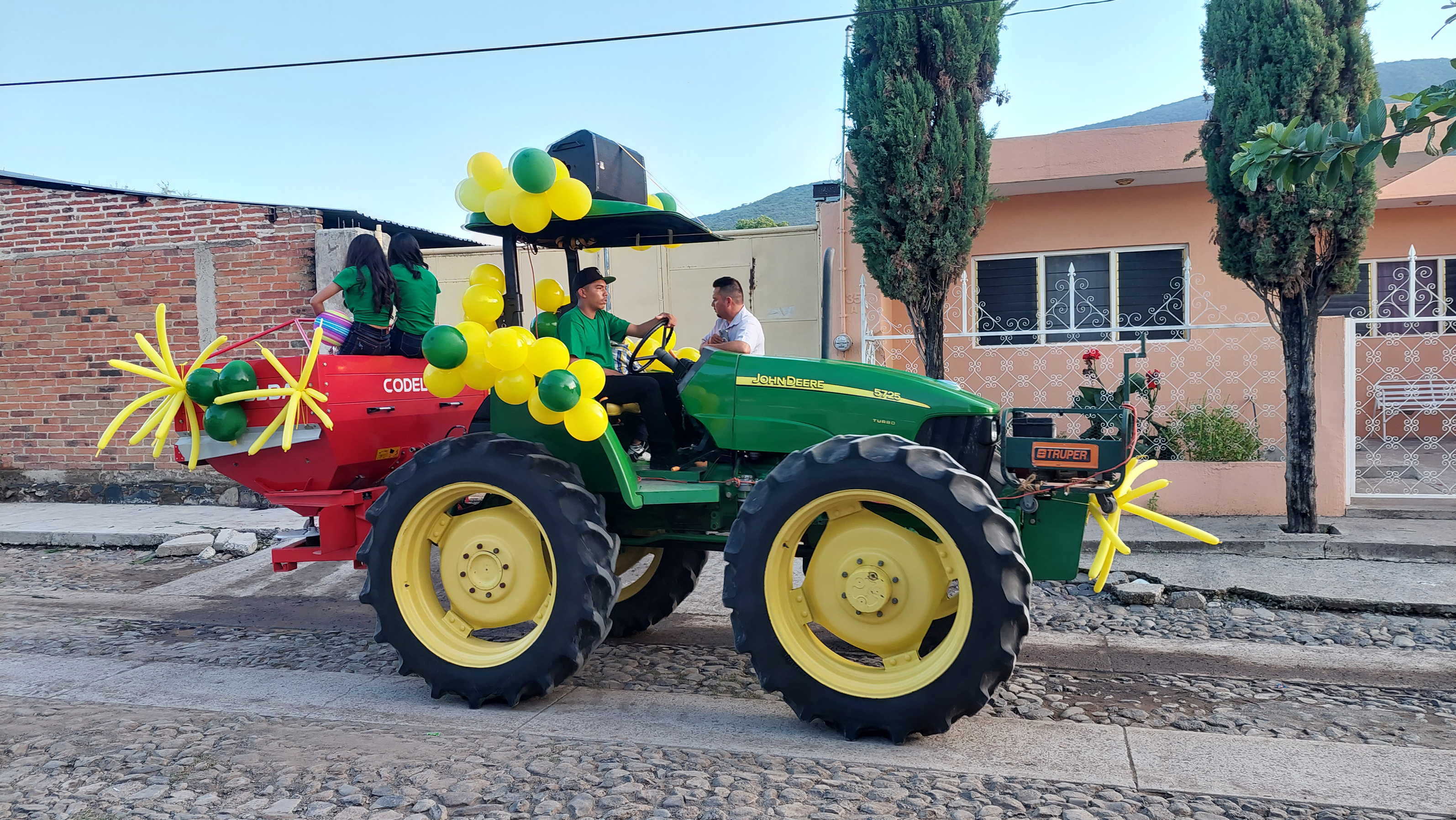
Downloads
Published
Issue
Section
License
Copyright (c) 2025 Encartes

This work is licensed under a Creative Commons Attribution-NonCommercial 4.0 International License.
Aviso de derechos de autor
- Los autores/as conservan los derechos de autor y ceden a la revista el derecho a la primera publicación con el trabajo registrado con la licencia de atribución Creative Commons, que permite a terceros utilizar lo publicado siempre que mencionen la autoría del trabajo y a la primera publicación en esta revista
- Los autores/as pueden realizar otros acuerdos contractuales independientes y adicionales para la distribución no exclusiva de la versión del artículo publicado en esta revista (por ej. Incluirlo en un repositorio institucional o publicarlo en un libro) siempre que indiquen claramente que el trabajo se publicó por primera vez en esta revista.
El material puede ser copiado, distribuido, comunicado, ejecutado públicamente. Se pueden hacer obras derivadas de él. No se puede utilizar para fines comerciales. Se debe reconocer y citar la obra de la forma en que tú especifiques.

